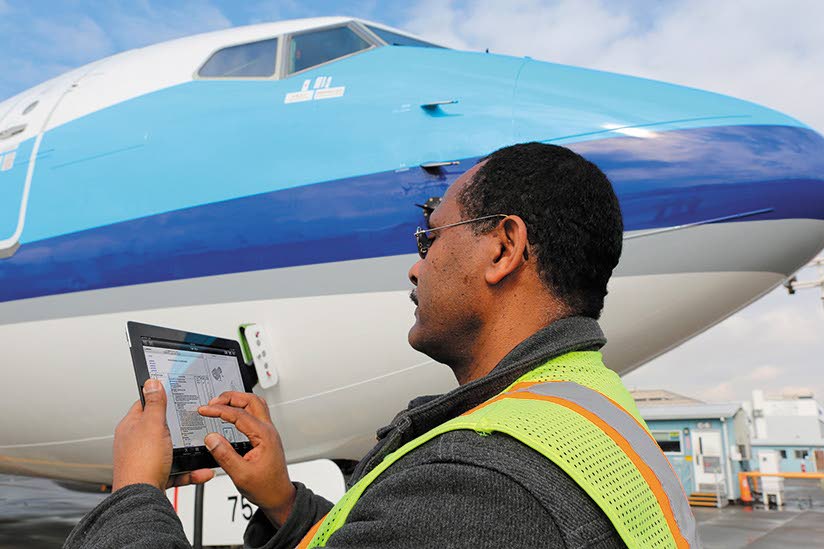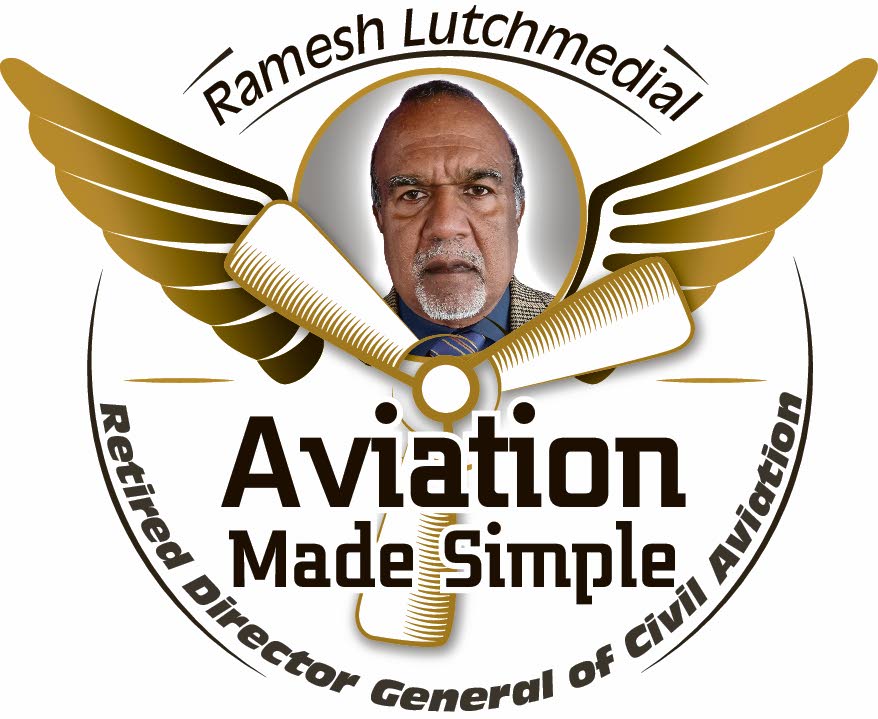Aircraft maintenance – manuals

Part II
All aircraft must be maintained in accordance with manuals approved by the state of design and which are either accepted or approved by the airworthiness authorities of an airline’s state of operations. The manuals contain instructions for the on-aircraft maintenance necessary to ensure its continued airworthiness.
The four main types are the aircraft maintenance manual (AMM), the wiring diagrams manual (WDM), the illustrated parts catalogue (IPC) and the structural repair manual (SRM).
All manuals comply with the Air Transportation Association of America ATA iSpec 2200 – a global aviation industry standard for the content, structure, and electronic exchange of aircraft engineering and maintenance information. It consists of a suite of data specifications pertaining to maintenance requirements, procedures and aircraft configuration control.
The AMM contains information required to service, repair, replace, adjust, inspect and check equipment and systems on an aircraft. These tasks are normally performed at an airport ramp or in a maintenance hangar. The AMM also contains information about inspections and maintenance of aircraft structures. However, details of structural repairs are contained in the SRM. All maintenance work performed must cite the AMM reference on the task card. The AMM also provide the IPC references where applicable for the removal and installation of components.
A Boeing 737 has approximately 36 miles of wiring. The WDM provides detailed block and schematic diagrams for all the aircraft systems for the troubleshooting of defects. Each wire has a unique identifier number and the wires for each aircraft system are bundled together and run from the nose of the aircraft along the fuselage to the last component of the aircraft system. All wire bundles carry spare wires. If a wire gets broken, a spare wire is used and renumbered. The WDM depicts the detailed wire runs with the unique identifier number of each wire and its interface with the aircraft systems.
The IPC contains detailed illustrations of each aircraft system showing the individual components and its manufacturer’s part number which is used to source replacement parts. The IPC cannot be used for the removal and replacement of aircraft parts. The AMM must be used for this purpose.

The SRM contains detailed instructions to accomplish typical repairs for structural damage to an aircraft. If structural damage is outside the scope of the SRM, the aircraft manufacturer has to develop the repair and get the approval of the state of design. For example, if the baggage belt loader contacts a Boeing 737 aircraft fuselage causing structural damage that is outside the scope of the SRM, Boeing will have to design the repair and which must be approved by the FAA. The local airworthiness authorities will not approve the repair without FAA approval.
Most large airlines’ maintenance organisations have design approval from their airworthiness authorities to be able to design repairs outside the SRM and within the limitations of their design approval.
All aircraft manuals are specific to the aircraft type and serial number. This is because the detailed specifications of an aircraft vary by airline and aircraft. An aircraft manufacturer offers a basic aircraft to an airline with several customer options from which the airline can select options that best suits the operations. The Boeing 787 Dreamliner has two engine options – the Rolls-Royce Trent 1000 or the General Electric GEnx-1B (GE). If an airlines chooses the GE engine, all the aircraft maintenance manuals must be customised to reflect the GE engine.
Also, during the aircraft life cycle, several modifications would have been incorporated on the aircraft on basis of service bulletins issued by the aircraft manufacturer. These modifications can involve changes to the maintenance procedure requiring revisions to the AMM, WDM, IPC and SRM.
All maintenance manuals are “controlled” to ensure that the latest version of the manual is incorporated in the revision process. Each page of the manual contains the page number, the revision number, date and the effectivity code of the aircraft by serial number.
At the front of the manual there is a revision record sheet and a list of effective pages (LEP) containing the page number, revision number and the revision date.
All personnel using maintenance manuals are required verify that the manuals reflect the latest revisions. To do this, the LEP is matched with the revision record sheet. The revision number and date of each page is matched with the LEP. Simply put, if revision number-four revises page 28 of the manual with an effective date of 12/08/23, an examination of page 28 must show revision-four and a date of 12/08/23.
In years gone by, maintenance manuals were in hard-copy paper format and then transitioned to micro-fiche and microfilm. Today, most major airlines use iPads to store the maintenance manuals. The manuals are hyperlinked so that when the IPC reference in an AMM is tapped, the relevant section of the IPC pops up. Using an iPad allows the IPC illustration to be easily enlarged for clarity. Also, all revisions to aircraft manuals are automatically uploaded unto the iPads using the airline’s intranet system.
An airline’s system for the revision of maintenance manuals is scrutinised during audits of maintenance organisations by the airworthiness authorities.

Comments
"Aircraft maintenance – manuals"